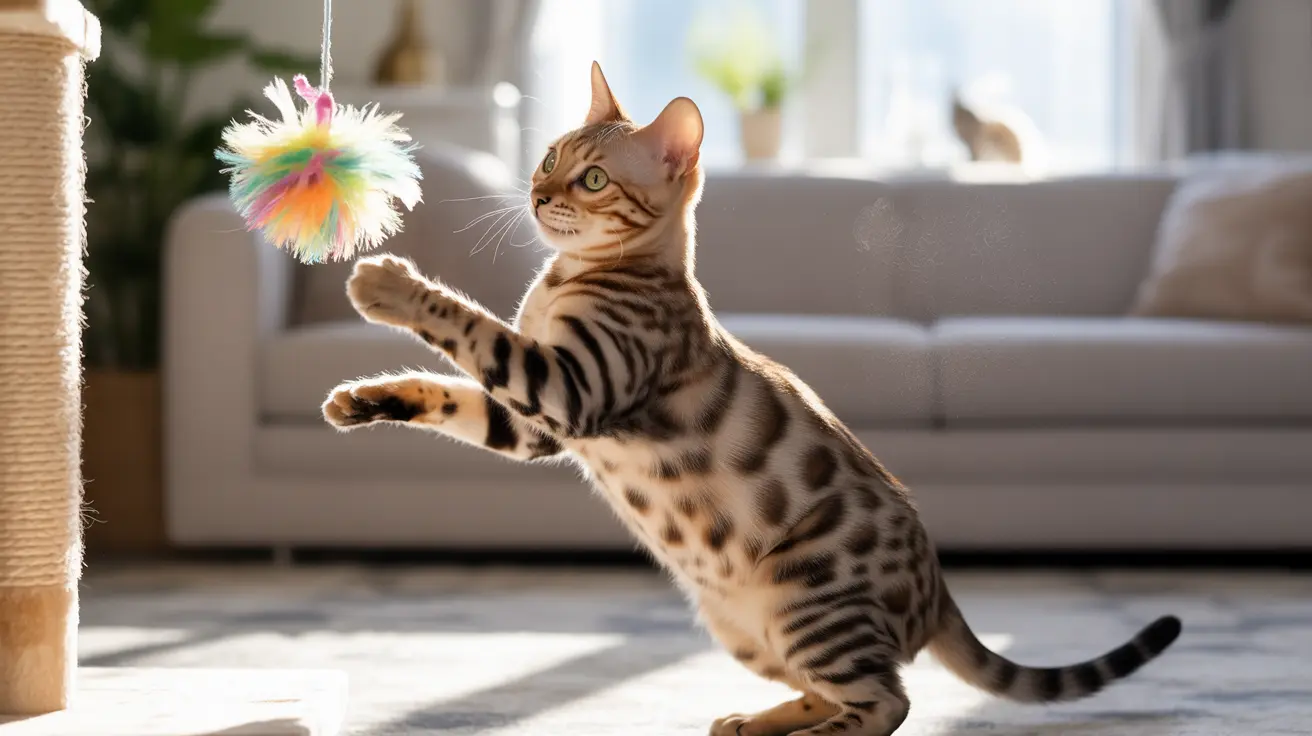Understanding Why Male Cats Mount Other Males
Male cats may mount other males for several reasons beyond sexual behavior. Understanding these motivations is crucial for addressing the issue effectively:
Hormonal Influences
Even neutered males can exhibit mounting behavior due to residual hormones. While neutering typically reduces this behavior, it may take several weeks or months for hormone levels to fully stabilize. In rare cases, incomplete neutering might allow continuing hormone production.
Social Dominance and Territory
Mounting often serves as a way for cats to establish or maintain social hierarchy within the household. This behavior commonly increases when new cats are introduced or during periods of environmental change.
Effective Solutions to Stop Mounting Behavior
Ensure Proper Neutering
The first and most crucial step is to ensure your cat is properly neutered. If mounting persists long after neutering, consult your veterinarian to check for potential incomplete neutering or other medical issues.
Create Environmental Enrichment
Provide plenty of environmental stimulation to prevent boredom-related mounting:
- Multiple cat trees and vertical spaces
- Interactive toys and puzzle feeders
- Regular play sessions
- Separate resources for each cat
Implement Behavioral Modification
Use positive reinforcement techniques to discourage mounting:
- Redirect attention before mounting begins
- Reward calm, appropriate interactions
- Never punish or scold, as this can increase anxiety
- Maintain consistent daily routines
Professional Intervention and Medical Considerations
Sometimes, mounting behavior requires professional help:
- Consult a veterinarian to rule out medical causes
- Consider working with a certified feline behaviorist
- Address any underlying anxiety or stress issues
- Monitor for signs of aggression or distress
Prevention Strategies for Long-term Success
Implement these preventive measures to maintain behavioral improvements:
- Maintain regular veterinary check-ups
- Keep a consistent daily routine
- Provide adequate exercise and mental stimulation
- Monitor social dynamics between cats
Frequently Asked Questions
How can I stop my neutered male cat from mounting other male cats in the house?
Implement a combination of environmental enrichment, positive reinforcement, and consistent redirection. Ensure each cat has their own space and resources, and engage them in regular play sessions to reduce excess energy and stress.
Why does my male cat keep mounting a younger male cat even after being neutered?
This behavior often relates to social dominance or residual hormones. If recently neutered, allow time for hormone levels to decrease. If the behavior persists, consult your veterinarian to ensure the neutering was complete.
Could my male cat's mounting behavior indicate stress or medical problems?
Yes, mounting can signal underlying medical issues or stress. Have your veterinarian rule out medical conditions, particularly if the behavior suddenly appears or increases in frequency.
What are effective ways to redirect or reduce mounting behavior between male cats?
Use interactive toys, establish regular play sessions, and create vertical spaces for cats to claim territory. Redirect attention before mounting occurs and reward calm behavior.
How long after neutering should I expect mounting behavior to decrease or stop?
While some improvement may be noticed immediately, it typically takes several weeks to months for hormones to fully subside. If mounting persists beyond this timeframe, consult your veterinarian.
Conclusion
While male cat mounting behavior can be concerning, it's usually manageable with the right approach. Focus on proper medical care, environmental enrichment, and consistent positive reinforcement. Remember that patience is key, as behavioral changes take time to establish.
If you're struggling to manage this behavior, don't hesitate to seek professional help from your veterinarian or a certified feline behaviorist. With dedication and the right strategy, you can create a harmonious environment for all your cats.






